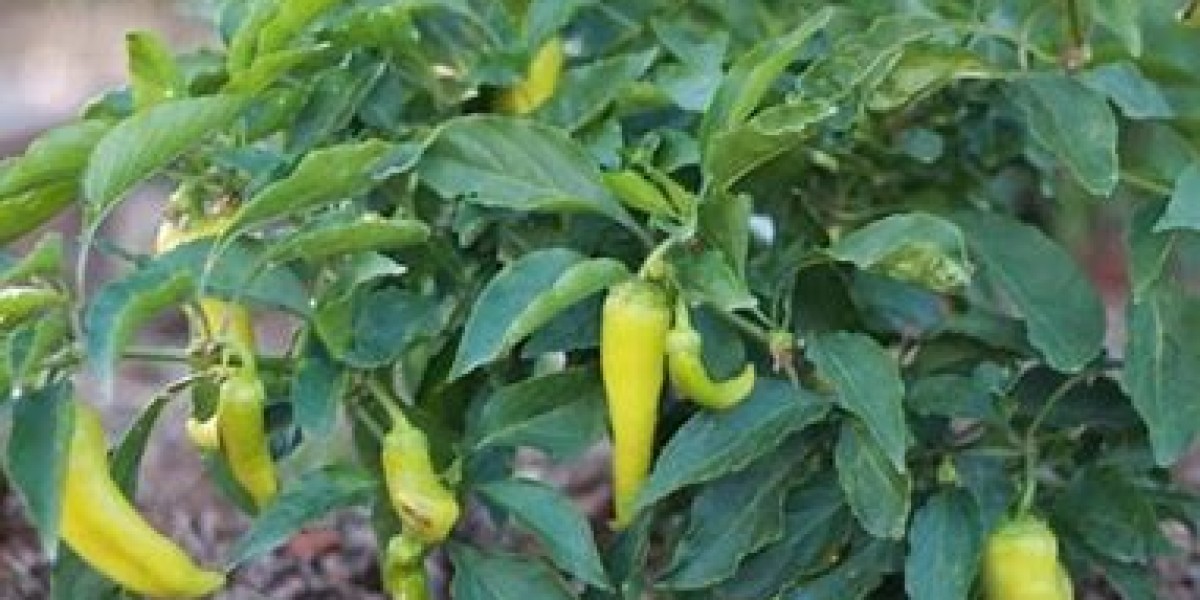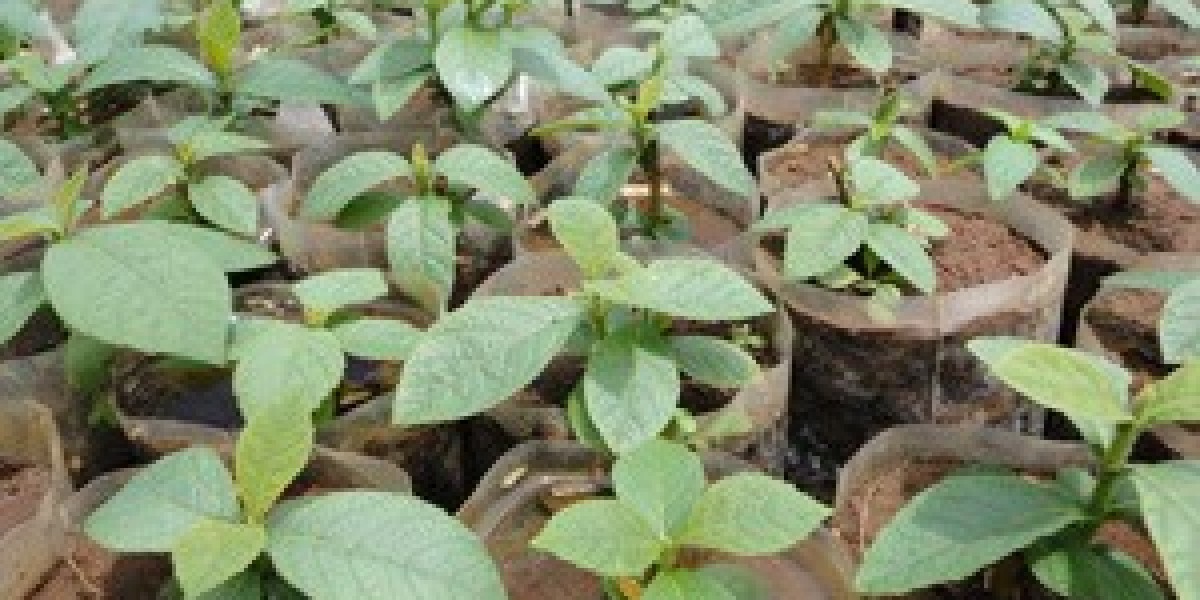What is Chili????
Chili, or chili pepper, is a fruit of plants from the Capsicum genus, known for their spicy heat. The heat comes from capsaicin, a chemical compound that interacts with receptors in the mouth to produce a burning sensation. Chilies come in various shapes, sizes, and heat levels, and are used in many cuisines around the world to add flavor and spice to dishes. They can be consumed fresh, dried, or in powdered form, and are also a key ingredient in sauces, salsas, and spice blends.
Here are some key points to consider if you're interested in chili farming:
Climate: Chili peppers thrive in warm climates with temperatures between 70°F and 85°F (21°C to 29°C). They require full sun exposure and well-drained soil.
Soil: They prefer loamy soil with a pH between 6.0 and 7.0. Good soil drainage is crucial to prevent root rot.
Planting: Start seeds indoors 6-8 weeks before the last frost date. Transplant seedlings outdoors after the danger of frost has passed and when the soil has warmed up.
Watering: Regular watering is essential, but avoid overwatering. Ensure the soil remains consistently moist but not waterlogged.
Fertilization: Use a balanced fertilizer or one high in potassium and phosphorus. Avoid excessive nitrogen as it promotes leaf growth over fruit production.
Pest and Disease Control: Watch out for common pests like aphids, spider mites, and whiteflies. Diseases like powdery mildew and bacterial spot can also affect chili plants. Use organic or chemical treatments as needed.
Harvesting: Chili peppers are usually harvested when they reach their full size and color. The timing of harvest can affect the heat level and flavor of the peppers.
Post-Harvest: After harvesting, peppers can be consumed fresh, dried, or processed into sauces and other products.



